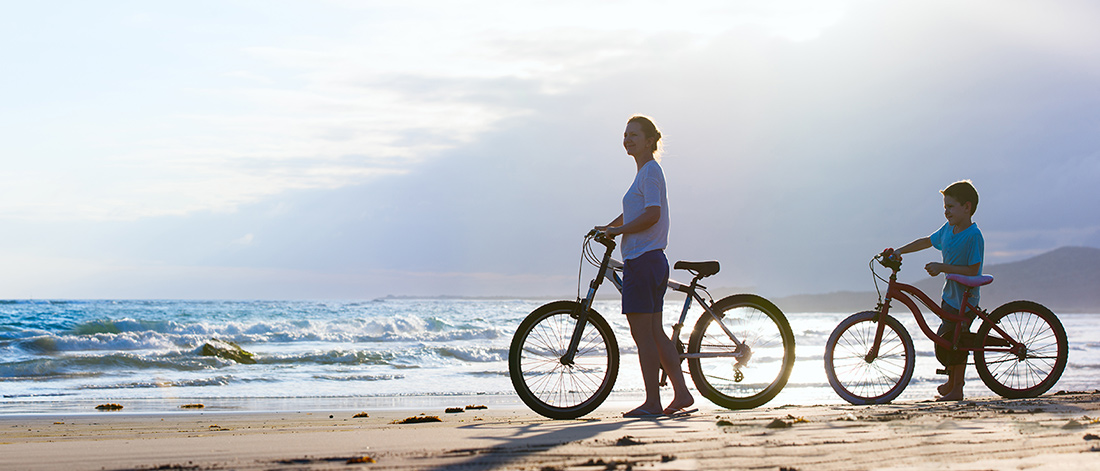.1 An hourglass – it has thousands of grains of sand. 2. Running out of gas. 3. An ice cube
Enter for a Chance to Win
A Soulful Mexican Yoga Retreat. Experience a transformative retreat at Copal Retreat’s ocean-front villa in the Riviera Maya, featuring panoramic Caribbean views from the rooftop studio. Deepen your yoga practice amidst stunning cenotes and ocean breezes. Included: a health and wellness-focused welcoming ceremony, accommodations, meals for any dietary restrictions, 2 daily yoga or meditation sessions, one-hour therapeutic massage, bikes, paddleboards, snorkelling gear, travel assistance, and several excursions.
Clean Eating Recipe
Ginger Mojito Mocktail. 1-inch grated ginger. 1-inch grated cucumber. Juice of half a lime. 6 mint leaves. 1 cup sparkling water. Muddle ginger, cucumber, and lime in a bowl. Strain the mixture into your glass using a small strainer. rub mint leaves together and place in glass. Add ice and top with half ginger beer, half sparkling water. Stir and garnish with your choice of lime wheels, ginger, cucumber or mint. Enjoy!
July Brain Teasers Answers
.1 A towel. 2. The letter “M.” 3. Fire.
July Brain Teasers
.1 What gets wetter the more it dries? 2. What comes once in a minute, twice in a moment, but never in a thousand years? 3. I am not alive, but I grow; I don’t have lungs, but I need air; I don’t have a mouth, but water kills me. What am I?
Beat the Summer Heat
Summer is here, bringing the heat! Stay safe by preventing these heat-related issues: 1) Dehydration – drink more water and electrolytes to avoid weakness, headache, and fainting. 2) Heat stroke – cool down with shade/AC and water, seek medical help for body temperatures of 40°C or higher, fast pulse, and hot, dry skin. 3) Heat exhaustion – rest in shade/AC and drink fluids to counteract heavy sweating, weakness, and nausea. 4) Heat syncope – lie down with feet up and drink water if you faint due to high temperatures. Senior residences offer air-conditioned spaces, safe outdoor areas, and social activities, enhancing comfort and well-being.
Online Health and Wellness Resource
Wellnessnews Choices for Healthy Living® invites you to check out the WellnessHub, your online Health and Wellness resource for Vancouver Island. The WellnessHub features hundreds of local business and practitioners offering services and products. In addition, there are hundreds of health tips, articles and podcasts on a variety of topics. It is easy to search, access and share information. While you are checking out the WellnessHub, don’t forget to subscribe to receive a monthly email letting you know about events and the monthly contest. You can also read the digital version of our five island editions of the newsletter.
Interest Rate & Home Sales
Recently, the Bank of Canada cut its key interest rate to 4.75%—the first reduction in four years! What does this mean to you? Any reduction causes buyers to jump into the market as affordability increases. It may also lead to more sellers coming to the market in order to take advantage of the change. But there is a “tipping point” between inventory and pricing: active listings are up 50% from 2023, but it’s still technically a seller’s market. Is there a move in your future? We’d be happy to chat about your real estate needs.
Words to Live By
“The greatest danger for most of us is not that our aim is too high and we miss it, but that it is too low and we reach it.” – Michelangelo
There is a Patch for That!
Super Patch is a non-invasive and drug-free technology. Pain Management: Freedom Patch may offer on-the-go relief from minor aches and pains in muscles and joints commonly associated with exercise, chores, and daily activities. Sleep: Restful slumber plays a vital role in revitalizing both the cognitive and physiological aspects of well-being. REM Super Patch may improve your sleep, promote overall well-being, and be a fundamental element in fostering a vibrant and balanced lifestyle. Over 6 million people have used Super Patch. Disclaimer: This medical device is intended for single use and is not intended to diagnose, treat, or cure any disease.
Finding Joy
Everyone wants to be happy, but sometimes it can seem so out of reach! Happiness is not always an easy target. Maybe you are carrying around a sense of dissatisfaction, irritation, or disappointment that does not go away. Where does this come from? Is it how you are living now, or is it an old experience? Other people say, “Let it go,” but how do you do that?! How can you change the story? Counselling provides a safe, encouraging place to explore your options, including how to start connecting with what makes you feel satisfied and joyful.







